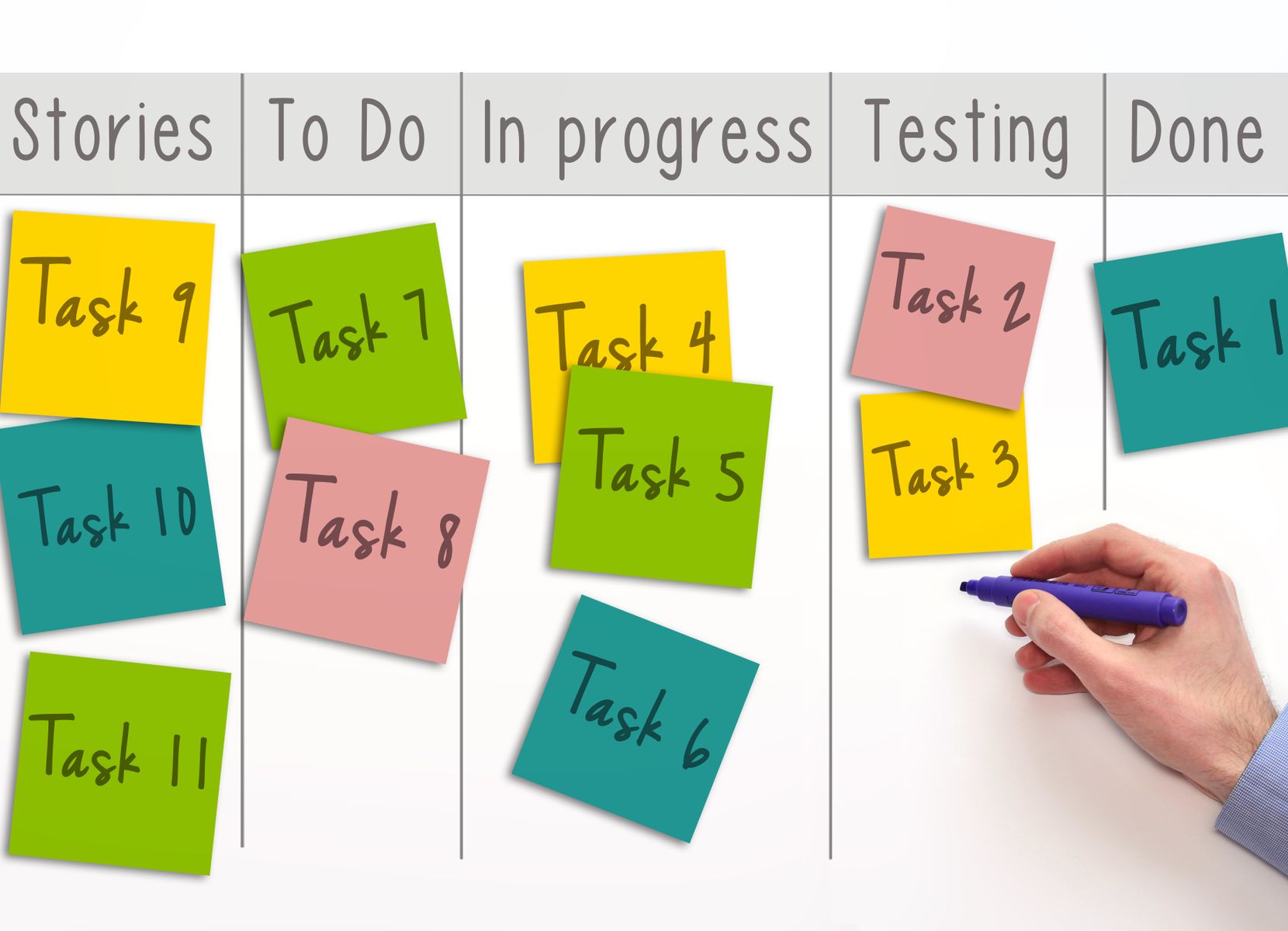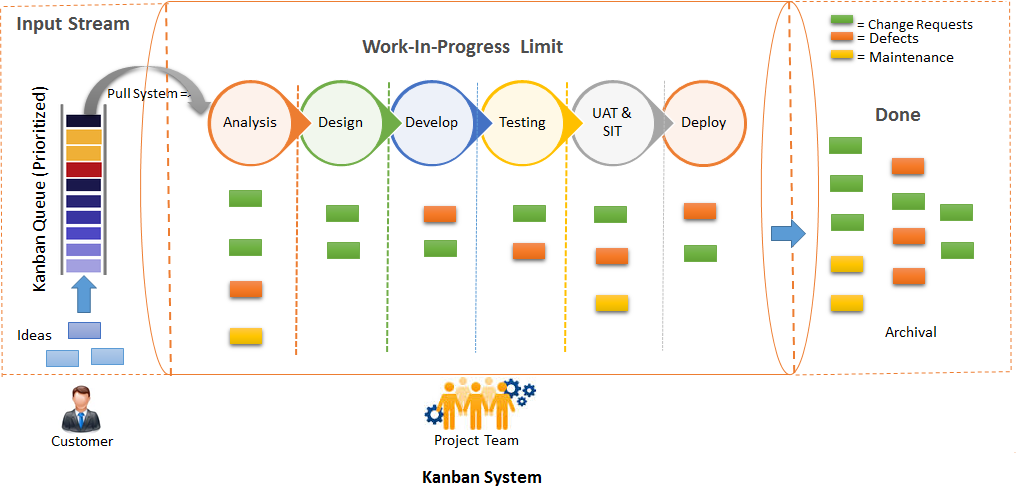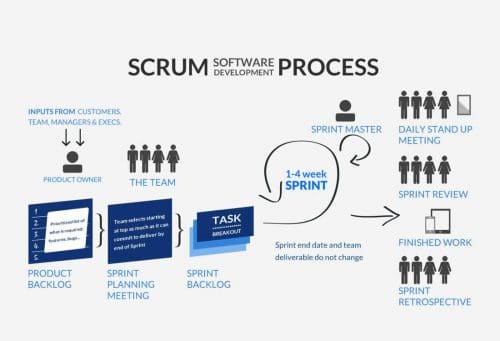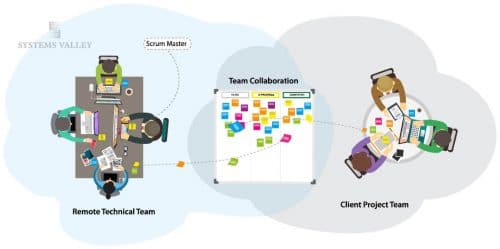‘Kanban’ is a term popularized by Toyota Motors, Japan; Kan means visual, and ban means card, or board. The company used a board with cards to reduce the amount of work in progress – ensuring uncluttered warehouses and workshops that had access to adequate parts.

The MainPrinciples of Kanban Development
Visualizing the workflow
When the development process is visually represented, it helps management to determine the real-time status of every task; when the project is a huge one with tons of tasks, this becomes especially helpful.
Limit Work In Progress
When the number of active tasks for each stage of the project is reduced, it allows you to properly allocate resources and eliminate idleness.
Continuous measurement and improvement
This is an important feature of the Agile methodology; making changes during the working process helps to implement feedback loops and make improvements in the product. It fosters better collaboration and helps experimental evolution.
How Kanban Helps in Software Development
Today most software development companies are adopting the Agile methodology as it offers benefits like increased productivity, product quality, ROI, and customer satisfaction. Scrum and Kanban are two methods that help in the implementation of Agile.
Kanban is not just a method; it’s a mind-set, an attitude – you could even say it’s a culture. It respects the roles, responsibilities and designations an organization has, and begins the journey of improvement from there.

The main thing you need to remember about Kanban is that when you implement it, your organization always works on the most vital activities first, and attempts to complete them as quickly as possible.
In the simplest form of Kanban, you have a board with three columns – To Do, Doing (W-I-P), and Done. The tasks that are required to be done are displayed in the first column, the ongoing tasks in the second, and the completed tasks in the third. So each task progresses from Column 1 to 3. Only when a certain task is completed, is another on started. This ensures that WIP tasks are limited.
Benefits of Kanban
- Versatile – can be used by every department in an organization
- Continuous Improvement – reduces waste, and enables customer feedback to be implemented before final release of product
- Responsiveness – Kanban helps to match the inventory with the actual demand, so that there is no product lying un-consumed
- Increased output – as the work in progress is limited, it’s motivation for the whole team to collaborate and work together to complete the development of the product faster; for example, programmers can help in testing and vice-versa should the need arise
- Increased product quality – brought about by agile responsiveness and continuous improvement





